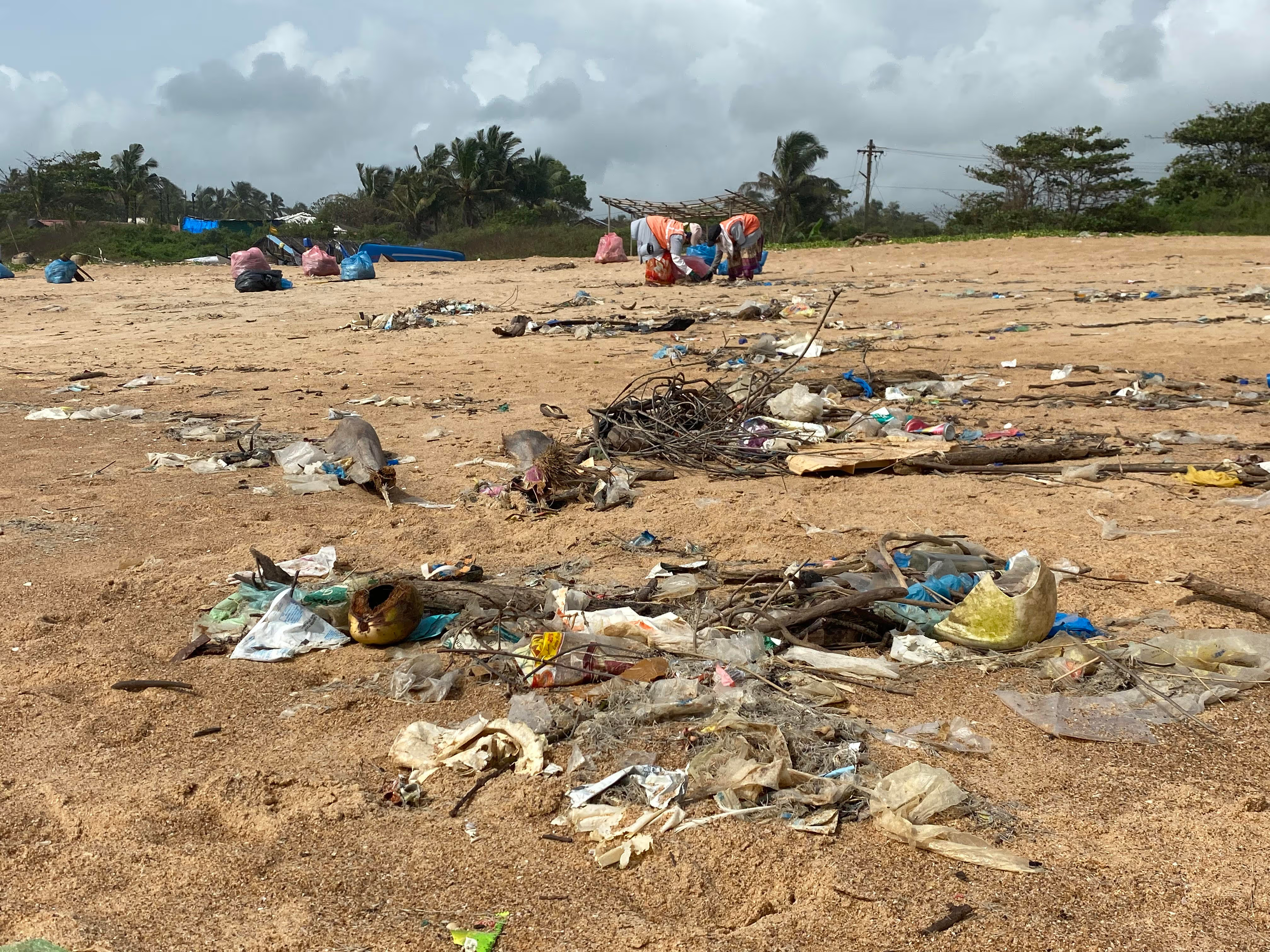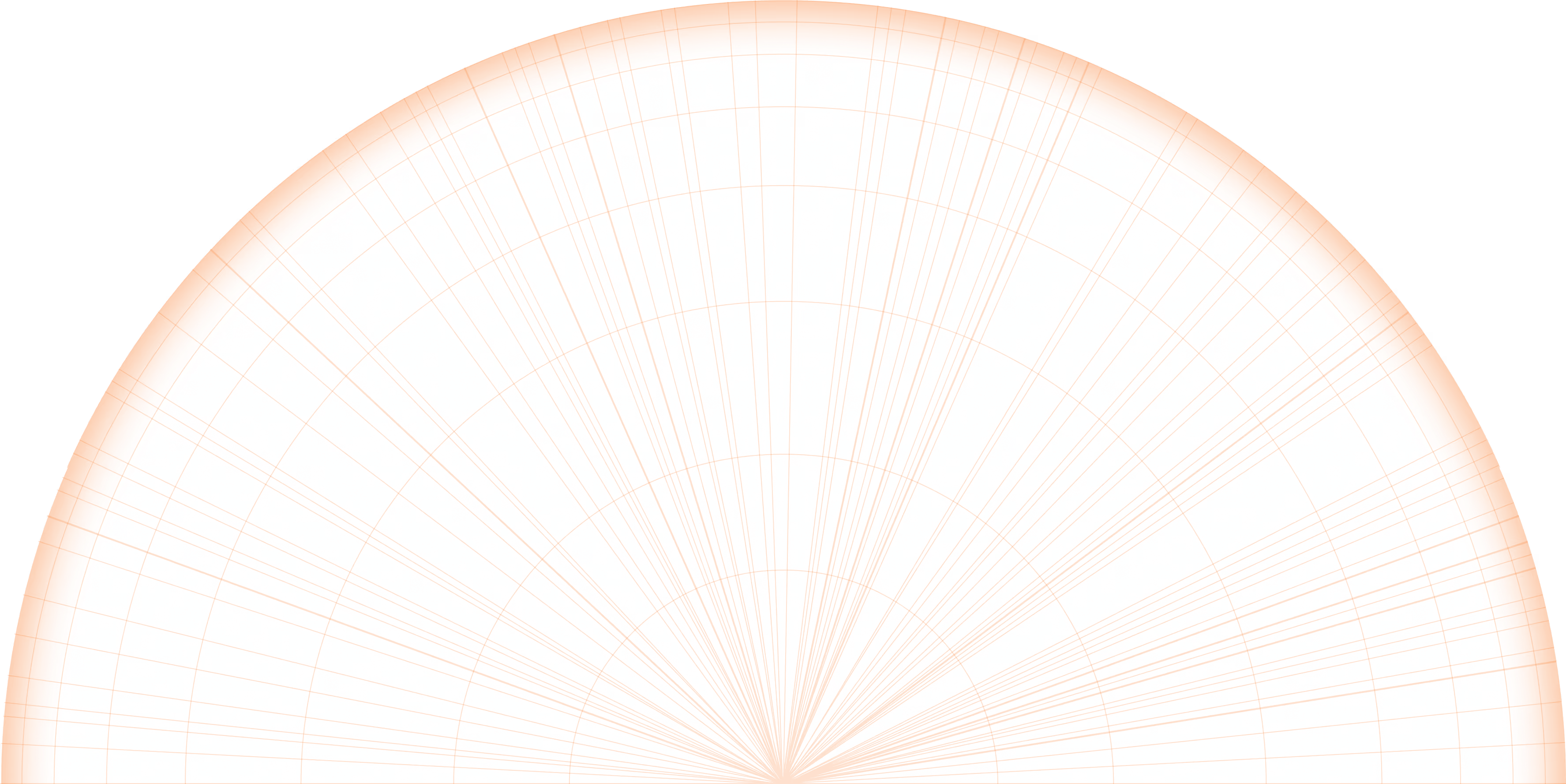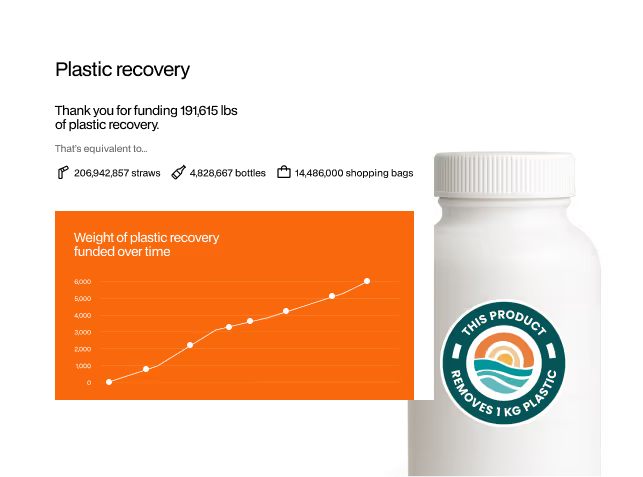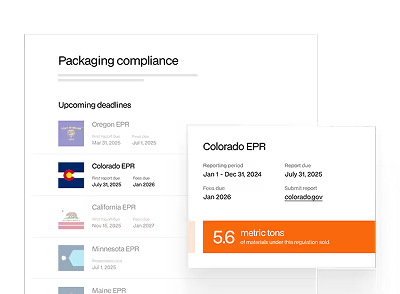Reduce. Reuse. Recycle. We see this tagline everywhere, but are we actually practicing it?
As a society, we are failing terribly at recycling and there are a number of reasons for this failure. To ensure that recycling is successful, we need systems change.
At the very least, consumers need to build effective recycling habits, companies must reduce plastic production and take accountability for their actions, and governments should tax companies producing plastic, and impose bans on certain types of single-use plastics.
While there has been progress, this is not always as simple as it sounds. Today, only 9% of plastics get recycled and the rest goes to landfills, oceans, and dumpsites. Read on to learn why recycling rates are so low.
1. Dirty plastics cannot be recycled
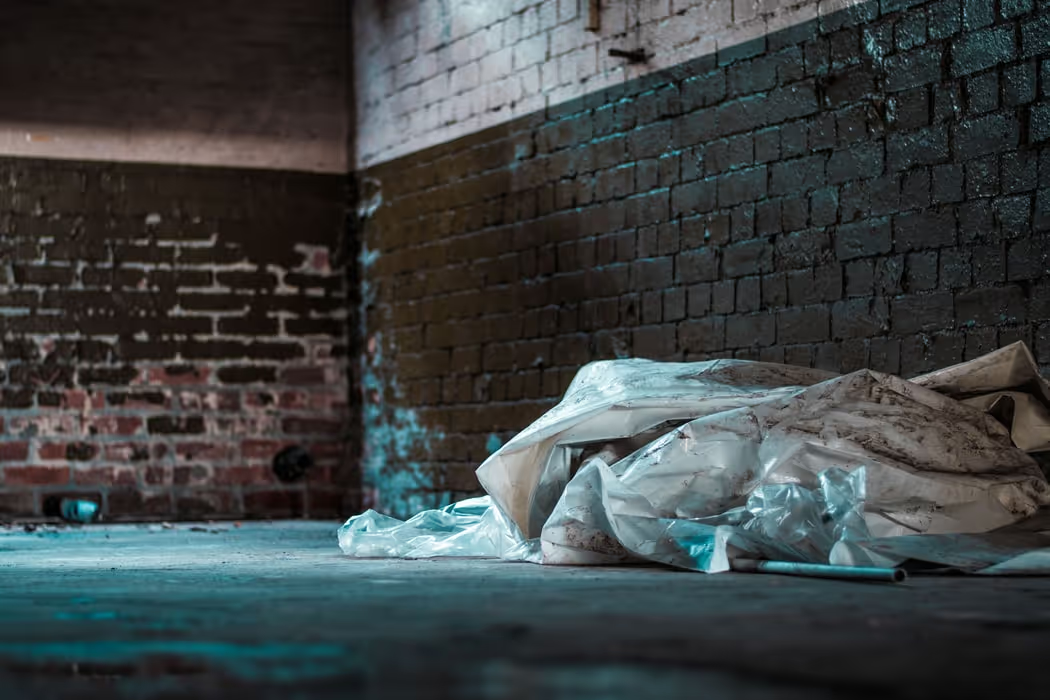
Plastic containers with residue from leftover food and organic waste are contaminated, and as a result, cannot be processed or cleared for further recycling.
Just one contaminated tin does not affect the whole pile but makes the process much harder. Even PET plastics that are highly recyclable might not actually end up getting recycled if they are contaminated, and may in turn end up in the landfill. A simple remedy is washing the plastics clean before we dump them into a recycling bin.
Further reading: Small Scale Recycling and its Huge Scale Impact
2. Enough plastic bottles are discarded over a year to go around the planet 4 times

Our plastic production has increased 200 fold times over the past five decades. And all the plastics produced in a year take less than half a year to reach their maximum utility.
Metals and glass can be recycled infinitely, while most plastics can be recycled 3 times maximum. By carrying a water bottle everywhere and filling water from taps instead of purchasing, we can help in small ways..
3. More than 90% of our ocean plastics come from just 10 rivers
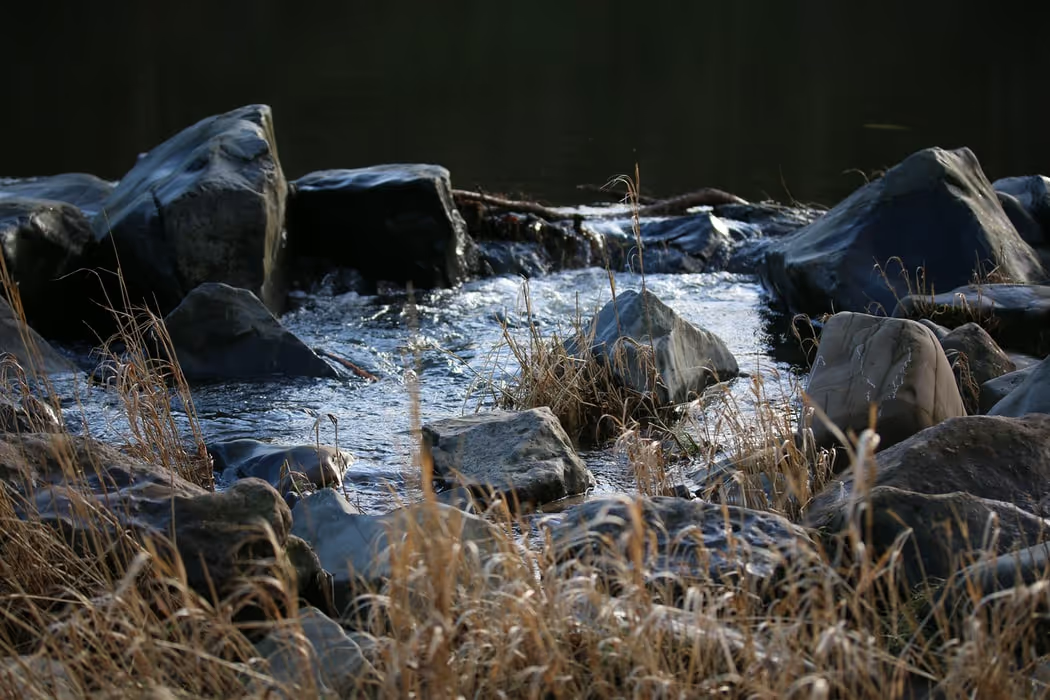
Just ten rivers contribute to 90% of our ocean plastic pollution!
These rivers serve as a source of people’s livelihoods as they wend their way along their course. They also accumulate plastic, which flows into the ocean.
These rivers are located in areas with high population density and with poor waste management systems. Eight of them are in Asia: the Yangtze; Indus; Yellow; Hai He; Ganges; Pearl; Amur; Mekong. Two are in Africa – the Nile and the Niger.
Further reading: How Do Plastic Credits Tackle Ocean Plastic?
4. The largest dumping site of plastics is not a landfill, it is the pacific ocean!

The Great Pacific Patch is the ‘trash vortex’ in the North Pacific Ocean. Bottles, tins, and cans discarded by the countries in the Pacific Rim make their way to the Pacific Ocean.
First discovered in the 1990s, a whopping amount of these plastics enter from Asian countries such as Indonesia and China. Most single-use plastics are less dense than water which keeps them floating on its surface.
On exposure to the sun, plastic disintegrates into millions of microplastics which become a part of our marine ecosystem. Many of these are not visible on the surface. Studies suggest that by 2050, there will be more plastics than fish in our oceans. Technology has been harnessed to solve the issue – but nothing works better than preventing the entry of these plastics into our oceans.
Is your business looking for solutions for your plastic packaging footprint? Get in touch with our BD team at letstalk@repurpose.global to explore how rePurpose’s plastic action solutions can support your brand’s goals for plastic reduction and waste recovery.
5. Our recycling habits are flawed
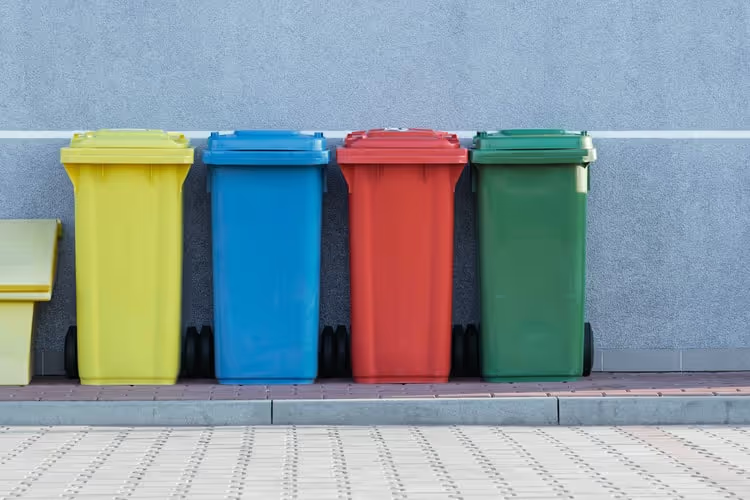
Reduce. Reuse. Recycle. We see the logo. We hear the tagline everywhere. But recycling isn’t always as easy as we would like it to be. Different colored bins have different purposes — but sometimes, we may end up putting unrecyclable plastics in the recycling bin.
Plastic, in particular, can be very complex. There are 7 main types, all with different recyclability. There is also multi-layered plastic (MLP) and plastic-lined cardboard, which could only be recycled if the component layers were detachable.
We must learn from the facts we have presented here if we are to undo past mistakes. At the same time, We must simultaneously undertake more initiatives to find alternative sustainable solutions – from product redesign and changes in consumption patterns, to technologi startups that are changing the way waste is managed and plastic is recycled.
We believe that by going Plastic Neutral, businesses can be part of a radical reworking of the world’s material economy – an ethical AND efficient circular economy where we reduce waste, revive lives, and restore nature’s balance. Every step counts, make sure you take yours today!
Recycle today to create a better tomorrow — Go Plastic Neutral with us today to recover as much ocean-bound plastic waste as you use. If you’re a business that is interested in our plastic footprinting and recovery services, get in touch with us at letstalk@repurpose.global directly.

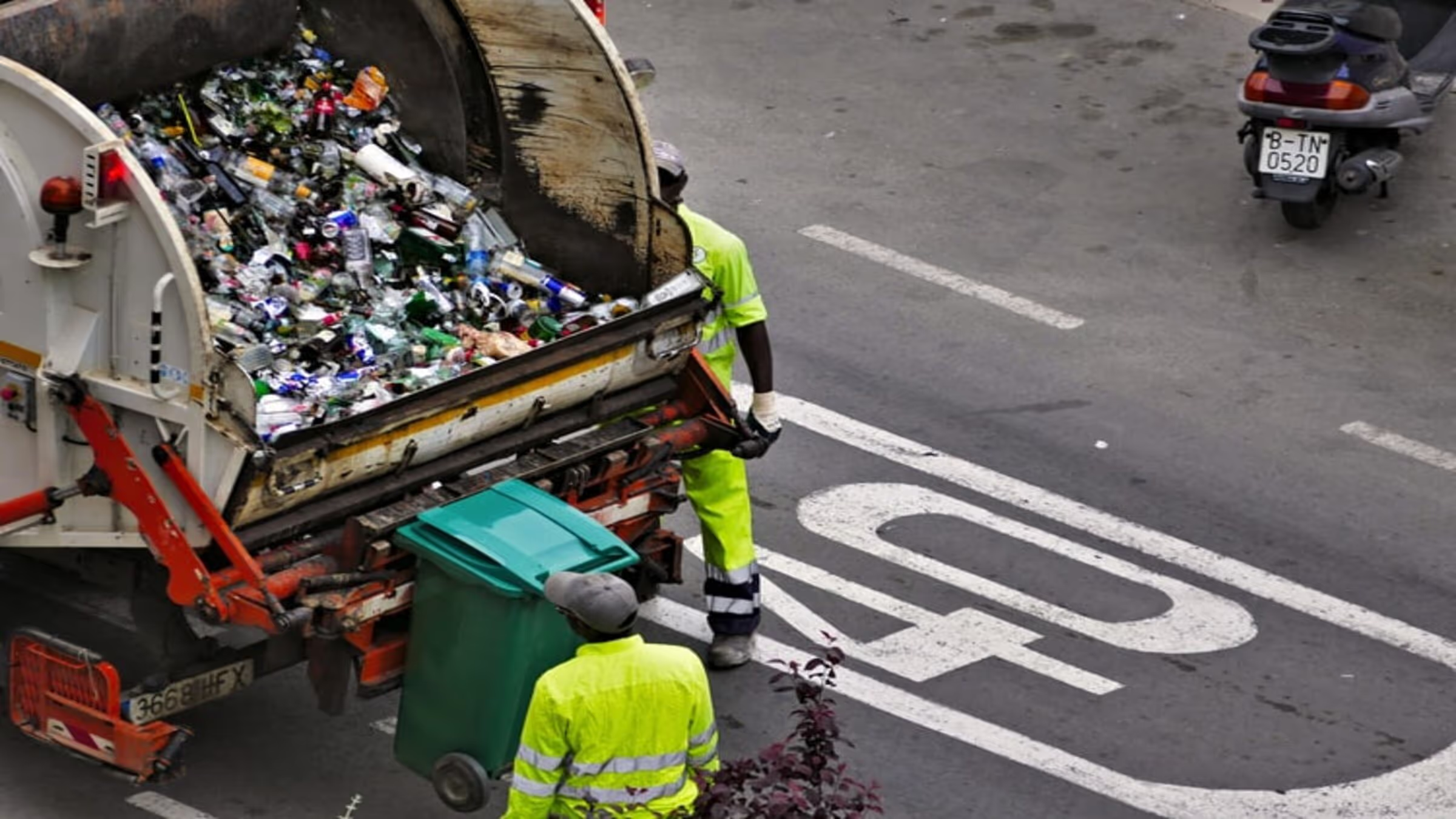

.avif)
